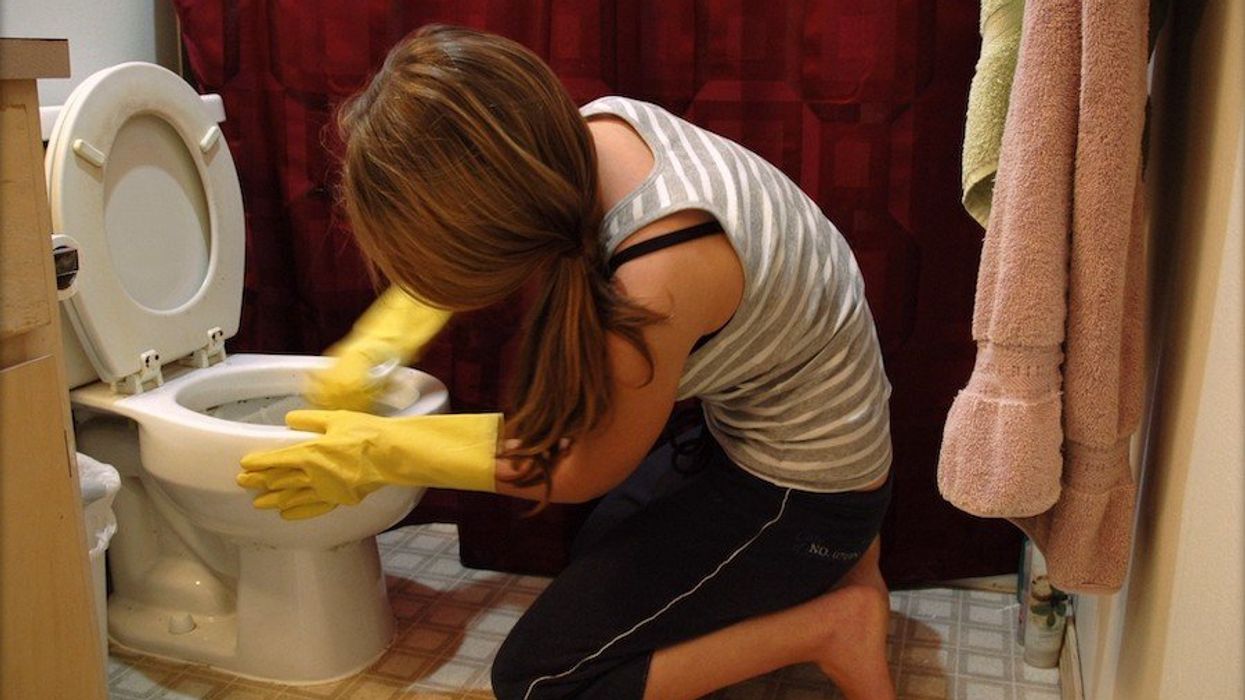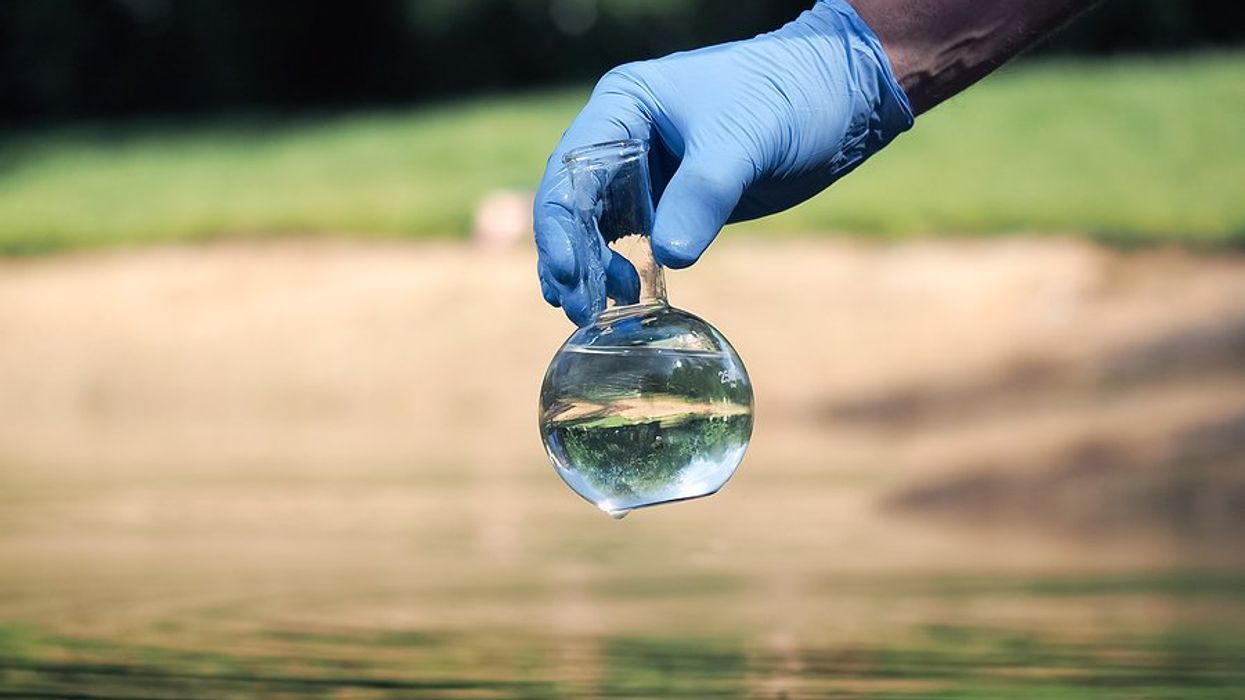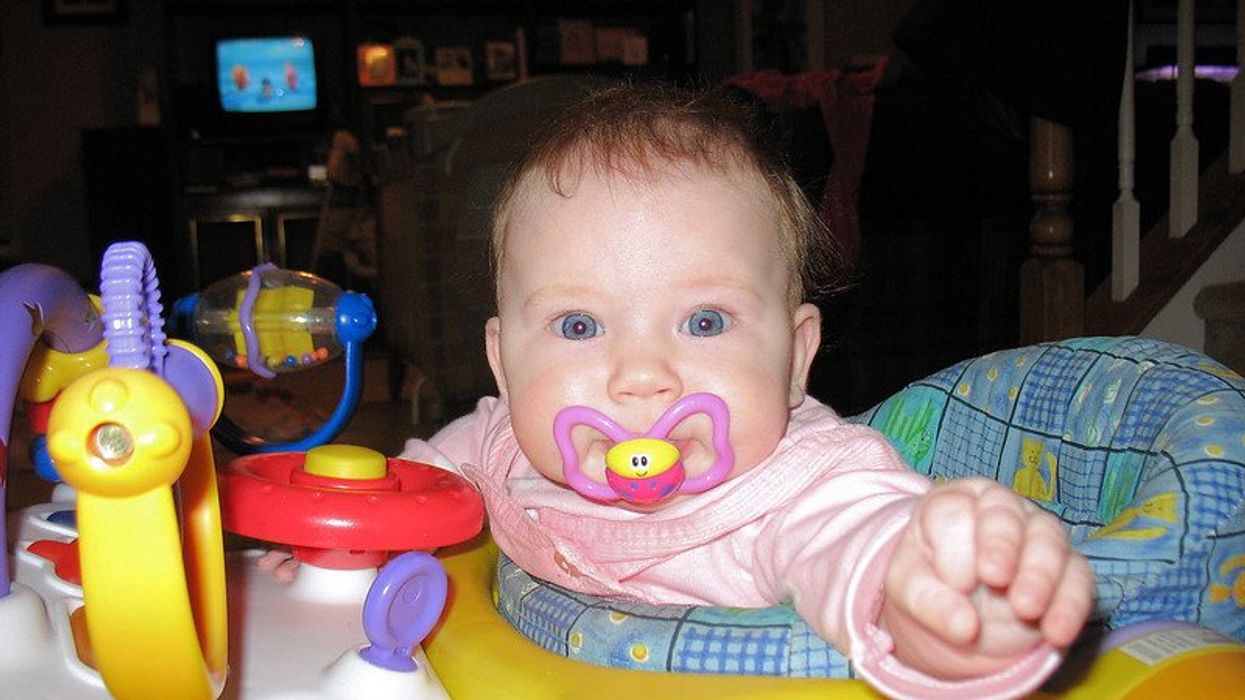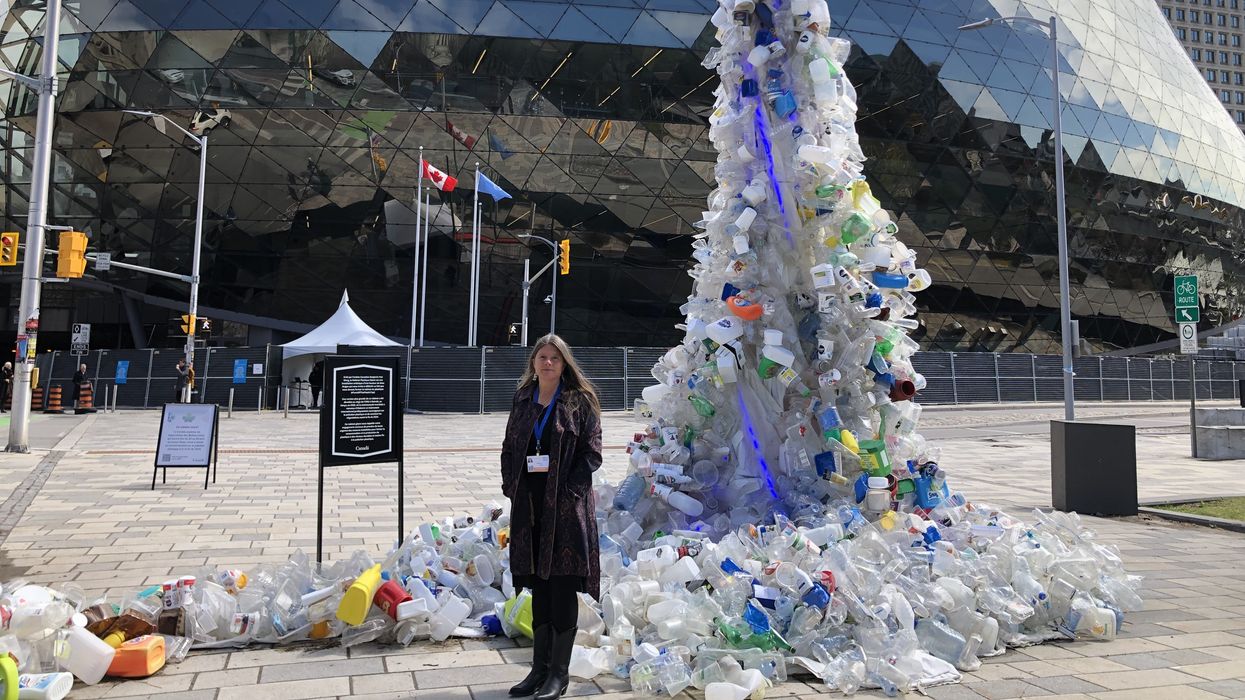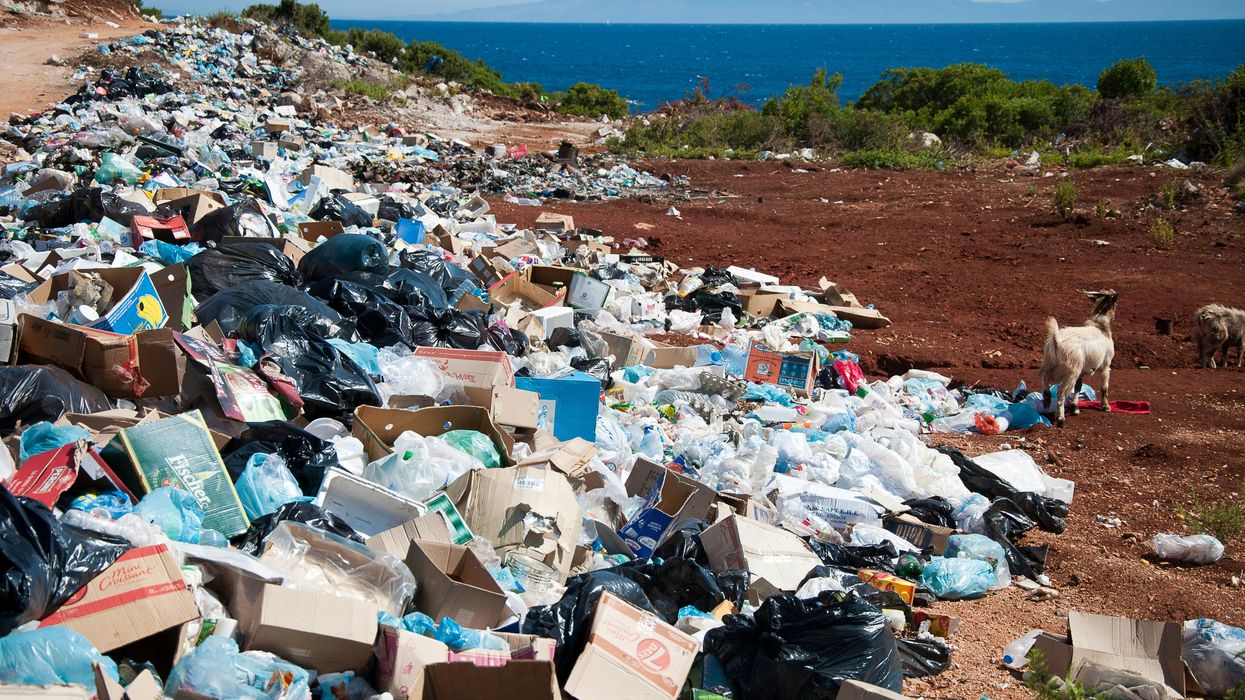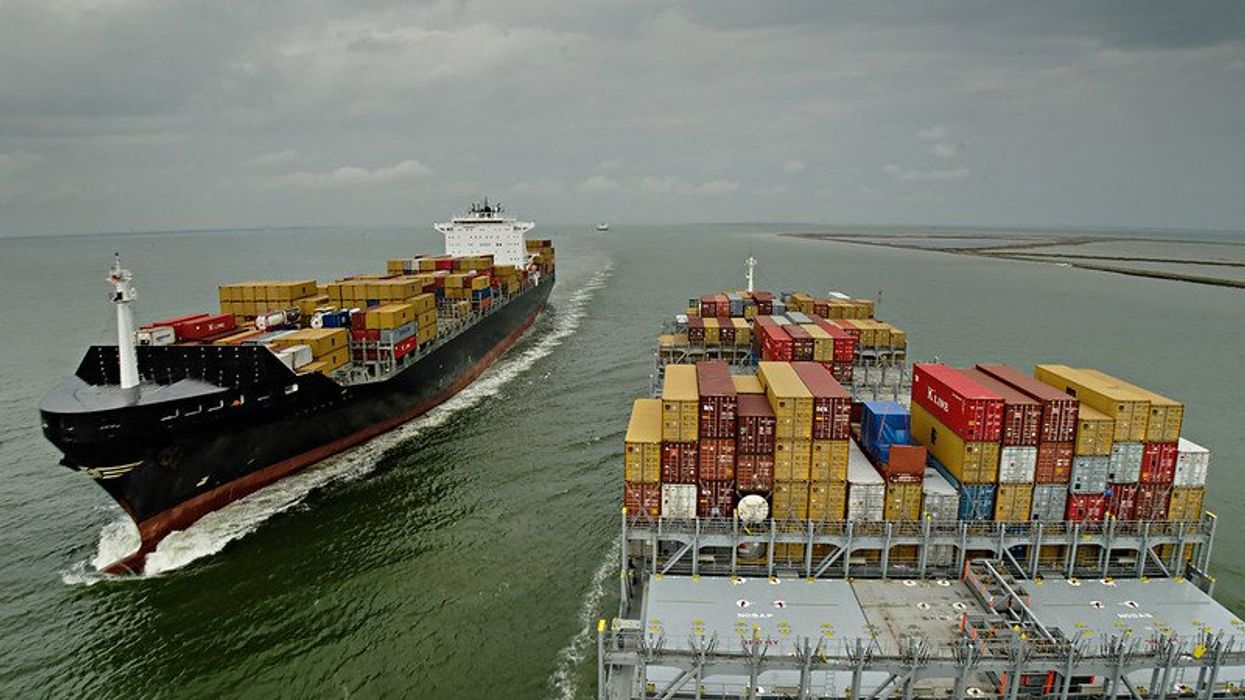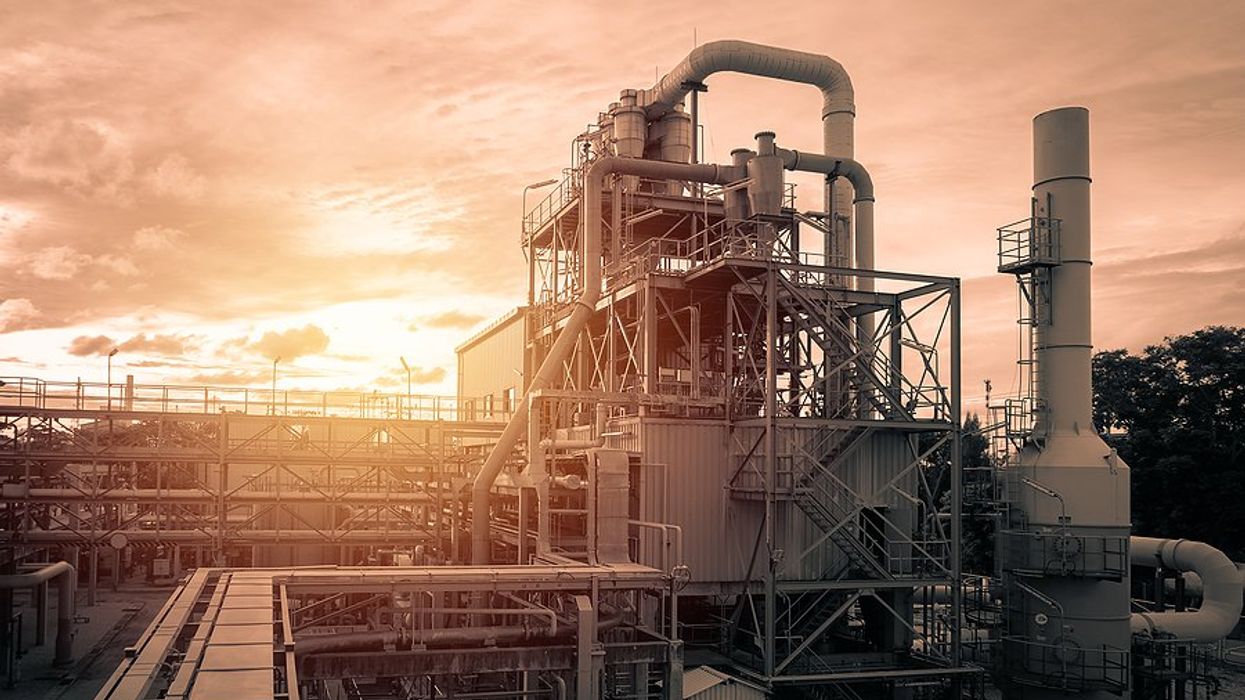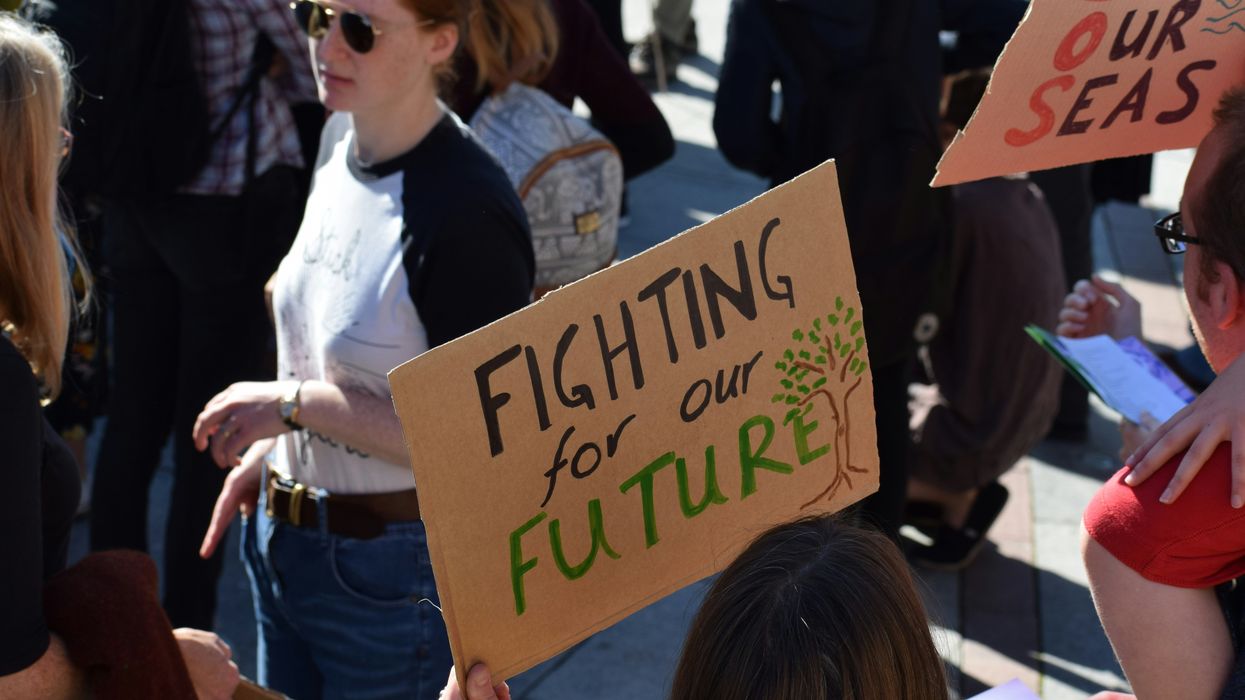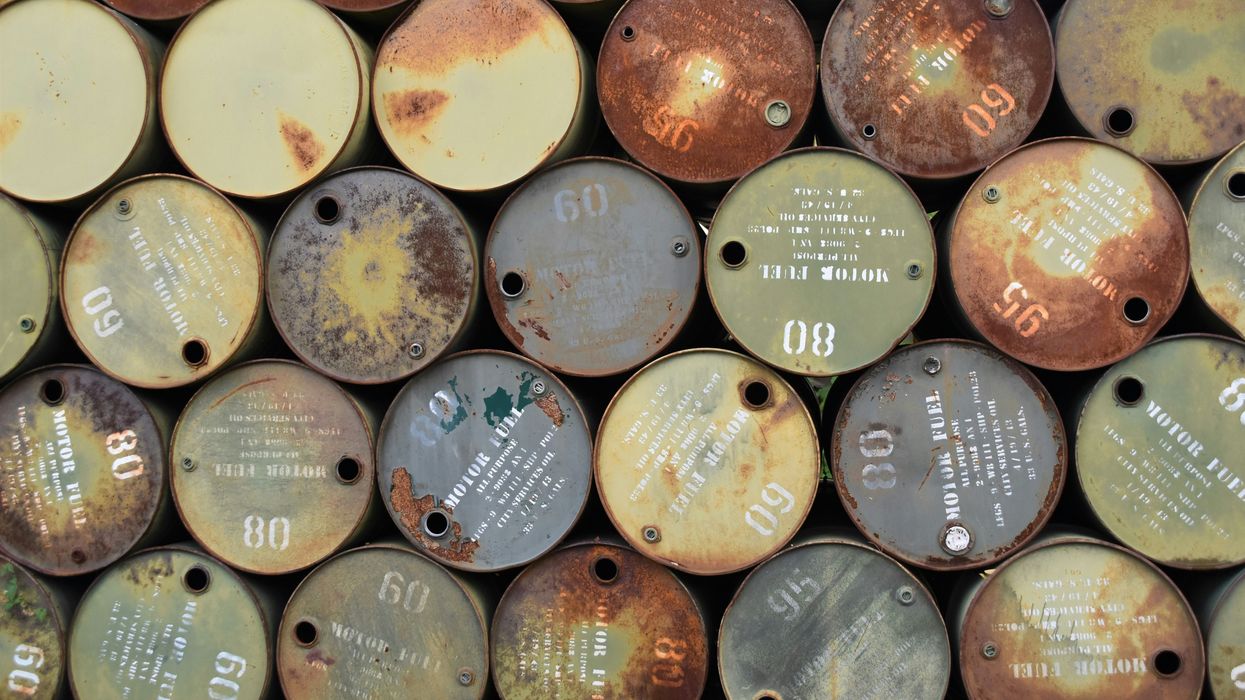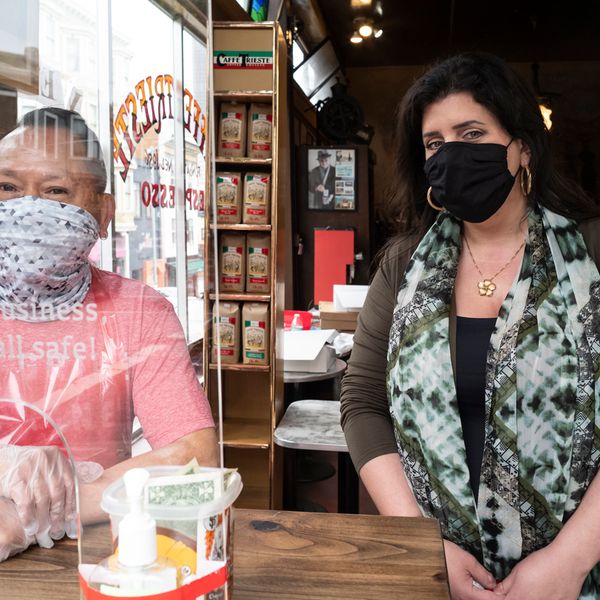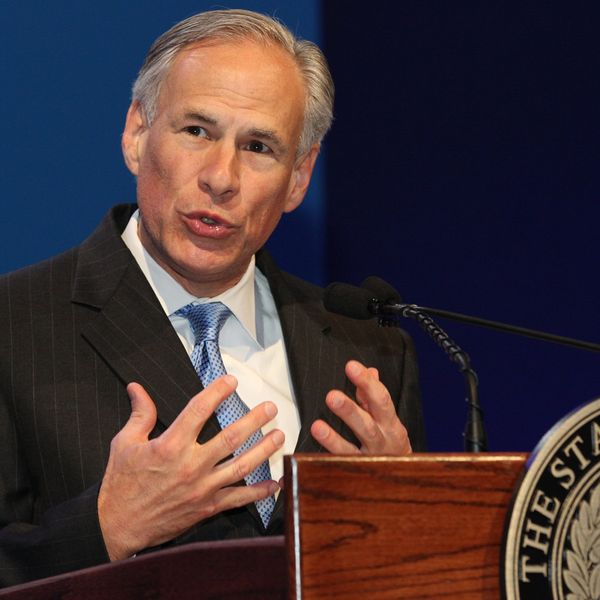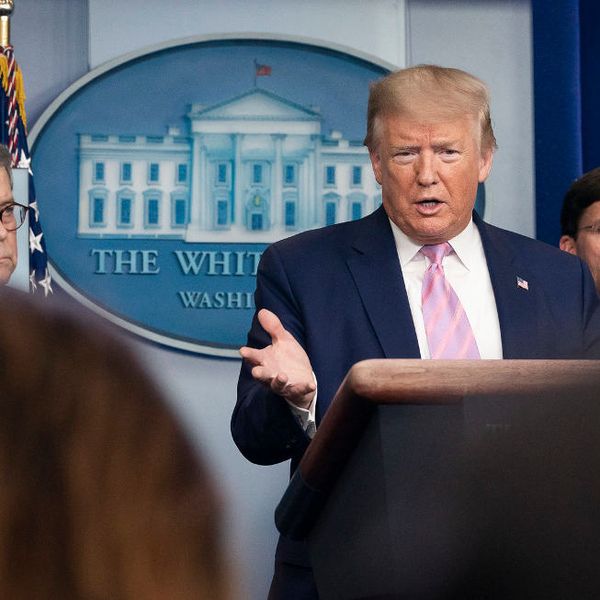COVID-19 has turned the world upside down and remains widespread.
We can all educate ourselves on the virus and how it moves in the world around us.
Here's our guide.
Coronavirus explained
Coronaviruses are a large family of viruses common in people and animals. SARS-CoV-2 is the novel coronavirus that causes the disease COVID-19, to which there is presently no cure.
COVID-19 was first reported in Wuhan, China, in December 2019 and has rapidly spread across the globe. All 50 states have reported infections. It is, as of May 2020, the leading cause of death in the United States.
On March 11, the COVID-19 outbreak was characterized as a pandemic by the World Health Organization.
Read on for possible explanations for the rise in animal-borne diseases, environmental characteristics that can increase your risk, symptoms, and steps you can take to protect yourself and your family.
COVID and climate change
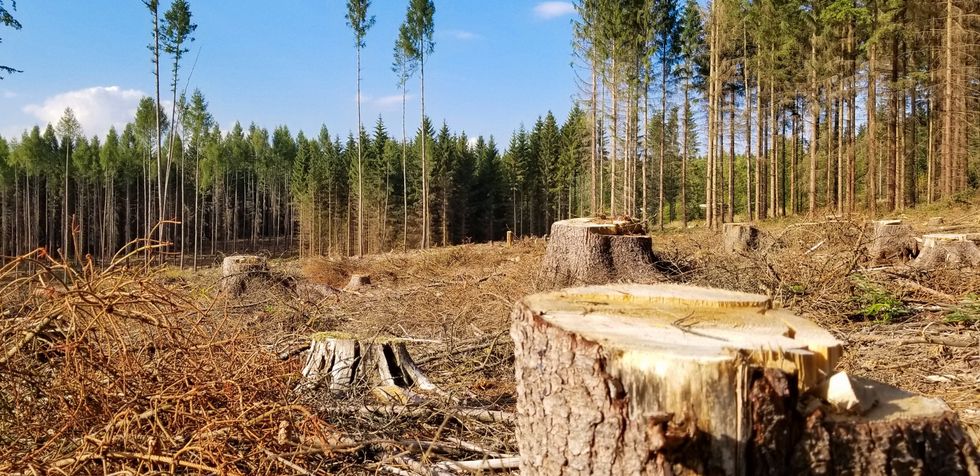
Deforestation forces animals to seek new habitats, increasing risk of spreading disease.
There is no direct evidence that climate change has affected the spread of coronavirus. However, what we do know is that climate change makes animals of all sizes move to escape the heat as the planet warms. This causes ecosystems to collide and animals without previous contact to interact, creating opportunities for pathogens to find new hosts.
Climate change has caused favorable conditions for other infectious diseases:
- Lyme disease
- Waterborne diseases
- Mosquito-borne diseases
Root causes of climate change also impact the likelihood of animal-borne diseases:
- Deforestation - loss of habitat that forces animals to migrate and potentially come in contact with other animals or people and share germs.
- For example, bats that carried Ebola were forced to move to new habitats because the forests in West Africa they lived in were cut down to grow palm oil trees.
- Large livestock farms - increase the risk of transmission from animals to people. Alternatives to these farms would lower risk of disease and decrease greenhouse gas emissions.
In detail:This conversation on COVID-19 with the director of Harvard University's Center of Climate, Health and the Global Environment further discusses climate change and coronavirus.
COVID-19 and the environment

Smog over Salt Lake City. (Credit: Wikimedia Commons)
Air pollution has been shown to increase risk of catching respiratory diseases, and causing the effects to be worse—a study done on SARS, a virus closely related to COVID-19, found that people who breathed dirtier air were about twice as likely to die from the infection.
In detail: Our reporter looks at the Pittsburgh, Pennsylvania region and how its chronic air pollution connects to its above-average coronavirus death rate.
Who the coronavirus is killing suggests that the disease is not only a health crisis, but also an environmental justice crisis. African American, Latino, and Native American populations all carry disproportionally high COVID-19 related death rates.
In detail: From MLK Jr. to lead poisoning, this article from Grist highlights how the warning signs were there, but vulnerable populations across America were left unprepared and unprotected.
These populations are more likely to:
- Live in close or cramped communities where it is difficult to self-isolate
- Work in or live near factories that have left their respiratory systems compromised and more susceptible to diseases
- Deal with underlying health conditions such as diabetes, asthma, and cancer that heighten risk
- Lack access to safe drinking water or good health care
Bottom line: Your environment drastically affects your likelihood of catching and fighting coronavirus.
In detail: This opinion piece by Chase Iron Eyes of the Lakota People's Law Project warns us to use "the lessons of this pandemic in our fight to preserve the planet" before it's too late.
We've covered the impact of the environment on coronavirus, but what about the impact of coronavirus on the environment?
Check out this infographic to discover how coronavirus has changed (both for the worse and for the better) the physical world we live in, from carbon emissions to waste, wildlife to energy.
Coronavirus and your health
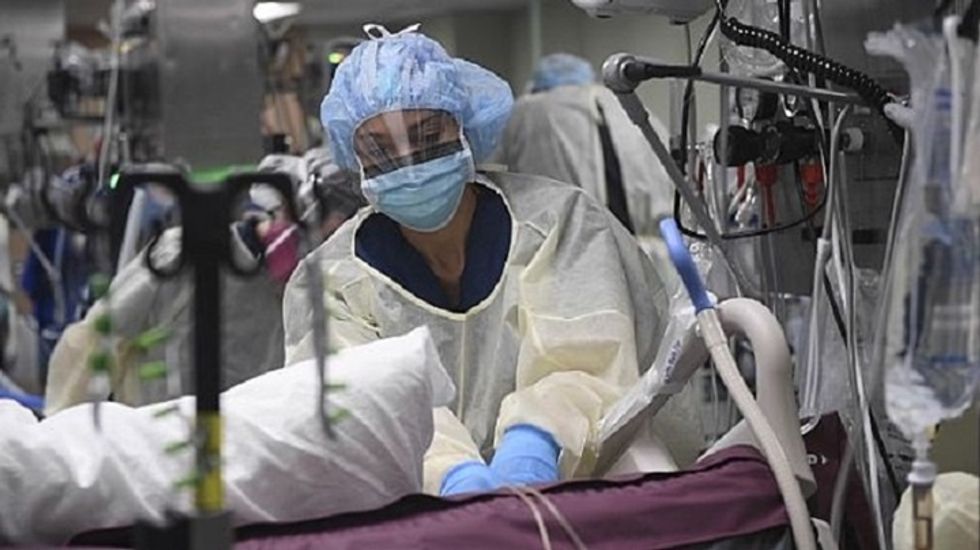
Lt. j.g. Natasha McClinton, an OR nurse, prepared a patient for a procedure in the intensive care unit aboard the U.S. hospital ship USNS Comfort (T-AH 20) (Credit: US Navy)
As labs across the world race to find a vaccine, millions of humans have caught the virus or remain susceptible to catching it. Knowing the symptoms is important to help with early detection, isolation, and seeking medical care.
Infection is caused by droplets from an infected person's cough, sneeze or breath. These droplets could be in the air or on a surface an infected person has touched.
Coming into contact with the virus, then touching your eyes, nose, or mouth, gives the virus access to the mucous membranes in your throat, where it then spreads, and within 2-14 days you may show symptoms such as:
- Fever
- Cough or shortness of breath
- Fatigue
- Chills
- Headache
For most people, symptoms will end with a cough and fever—more than 8 in 10 cases are mild. But for some, especially those fragile or with underlying health conditions, the virus can cause more severe symptoms and develop into pneumonia and acute respiratory distress syndrome, which can eventually cause the body to shut down.
Take action against COVID-19
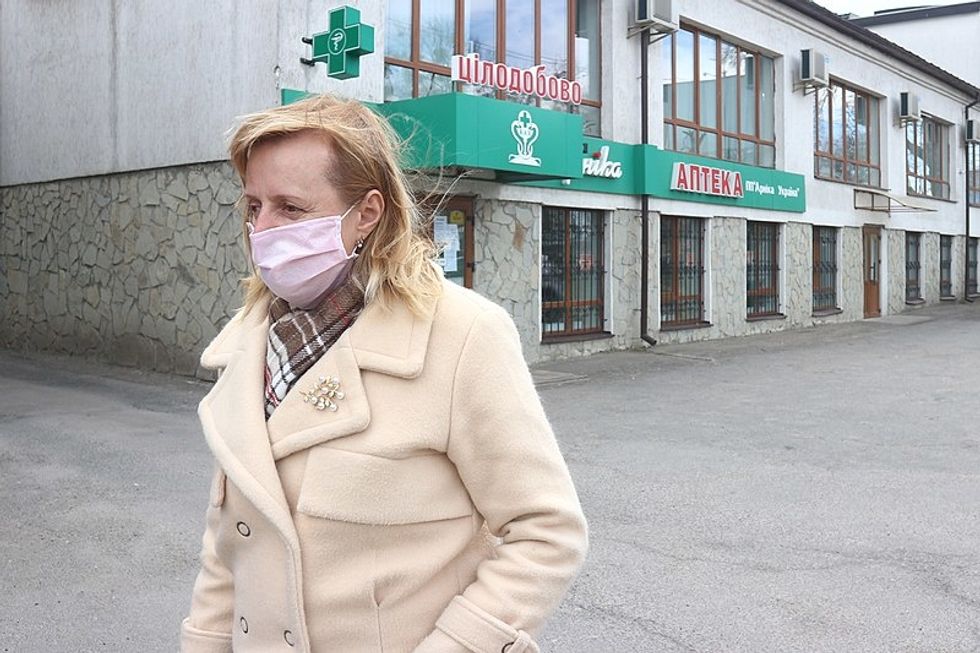
A woman walks outside with a mask on. (Credit: Wikimedia Commons)
Protect yourself and your family.
- Wash your hands frequently—good ol' soap and warm water will work just fine.
- Wear a mask when out in public—this will help reduce the spread of infection.
- Practice social distancing—remain at least 6 feet apart to again help reduce spread of the virus. Even if a friend seems healthy, remember that many people who catch the virus asymptomatic and, without knowing it, can spread the disease.
- Follow state and national mandates—as frustrating as it may be sometimes, being diligent now will prove a better outcome over time.
- Sign up for our weekly COVID-19 newsletter to stay up to date on the latest stories about COVID and the environment.
- Expect minor shortages, as factories are shut down and shipping and delivery slows due to precautionary measures taken to sanitize and ensure the safety of essential workers.
- Nevertheless, be smart with your money and resources. As panic around an item's availability increases, prices can skyrocket. Amazon, eBay and other online retailers have taken steps to curb price gouging, but still be sure to weigh the necessity of the item with the cost it may be.
- Contact your local, state, and national representatives to emphasize the need for permanent reforms, from workplace benefits and sick-leave rights to investing in low-carbon technologies to make our communities more climate-resilient.
- Rethinking our agricultural practices, reducing pollutants in our air, and investing in public health research are steps we can take to have a long-lasting impact on the welfare of our health and our planet. Let your government know you care.
- Find your state and national representatives here.
Further reading
From coronavirus to chemicals—when the government ignores science, Americans die: R. Thomas Zoeller
Patrick Holden: The coronavirus pandemic and future food security
Nate Hagens: Coronavirus exposes economic, cultural, environmental fallacies
Financial fallout from coronavirus could devastate the fracking and plastics industries
Derrick Z. Jackson: Coronavirus pandemic—the consequences of sidelining science
Banner photo: MiroslavaChrienova




